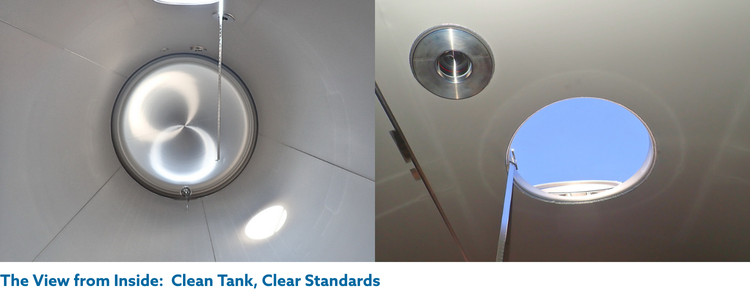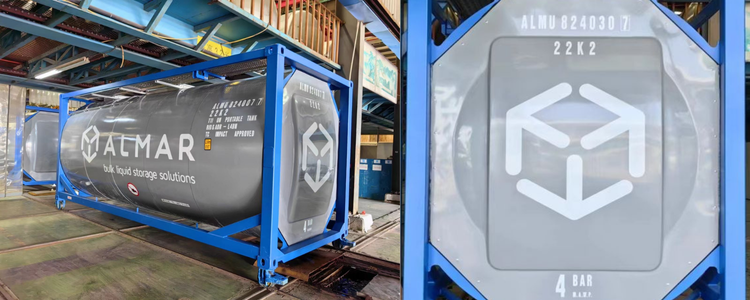When an ISO tank container completes its journey - whether it has transported food-grade oils, chemicals, or petrochemicals - its job isn’t quite done. In fact, the process that happens next is critical to ensuring the tank’s long-term usability, safety and most importantly, compliance with international standards.
So, what exactly happens after each load?
Once an Isotainer (also known as a tank container or ISO tank container) is offloaded, it’s immediately routed to an authorised cleaning station. These depots are specially equipped to handle different types of residue - from edible oils and juices to hazardous chemicals.
It’s important to note that when returning a tank, residue must be limited to a maximum of 20 litres and for certain hazardous products, the allowable amount is even less.
The cleaning process always starts with a full inspection to ensure no damage has occurred during transit and to assess the level of cleaning required.
ISO tanks are cleaned inside and out using high-pressure steam, detergent and specialised rotating heads. The process varies depending on what was transported:

Once the tank container is clean, it doesn’t immediately go back into service. It first needs to pass an inspection and be issued a cleaning certificate, confirming it’s safe for its next load - especially if switching product types.
This process ensures peace of mind for both the shipper and the receiver. It’s how we maintain high safety standards and protect product integrity across the supply chain.
Now fully cleaned and certified, the ISO tank container is ready for its next job - either reloaded with a compatible product or returned empty to a depot. It’s this ability to reuse and safely rotate between jobs that makes Isotainers such a sustainable choice for bulk liquid transport.

ISO tanks are built to last for decades - but only if properly cleaned and maintained. Skipping or cutting corners in the cleaning process risks contamination, delays and regulatory issues.
Almar works with reputable depots and cleaning stations to ensure that every tank container we lease or sell is compliant and fit for use. Whether you’re handling food-grade products or industrial liquids, you can trust that the containers in our network are maintained to global standards.
Looking for an ISO tank container you can rely on?
Get in touch with us for quality containers and support you can rely on.